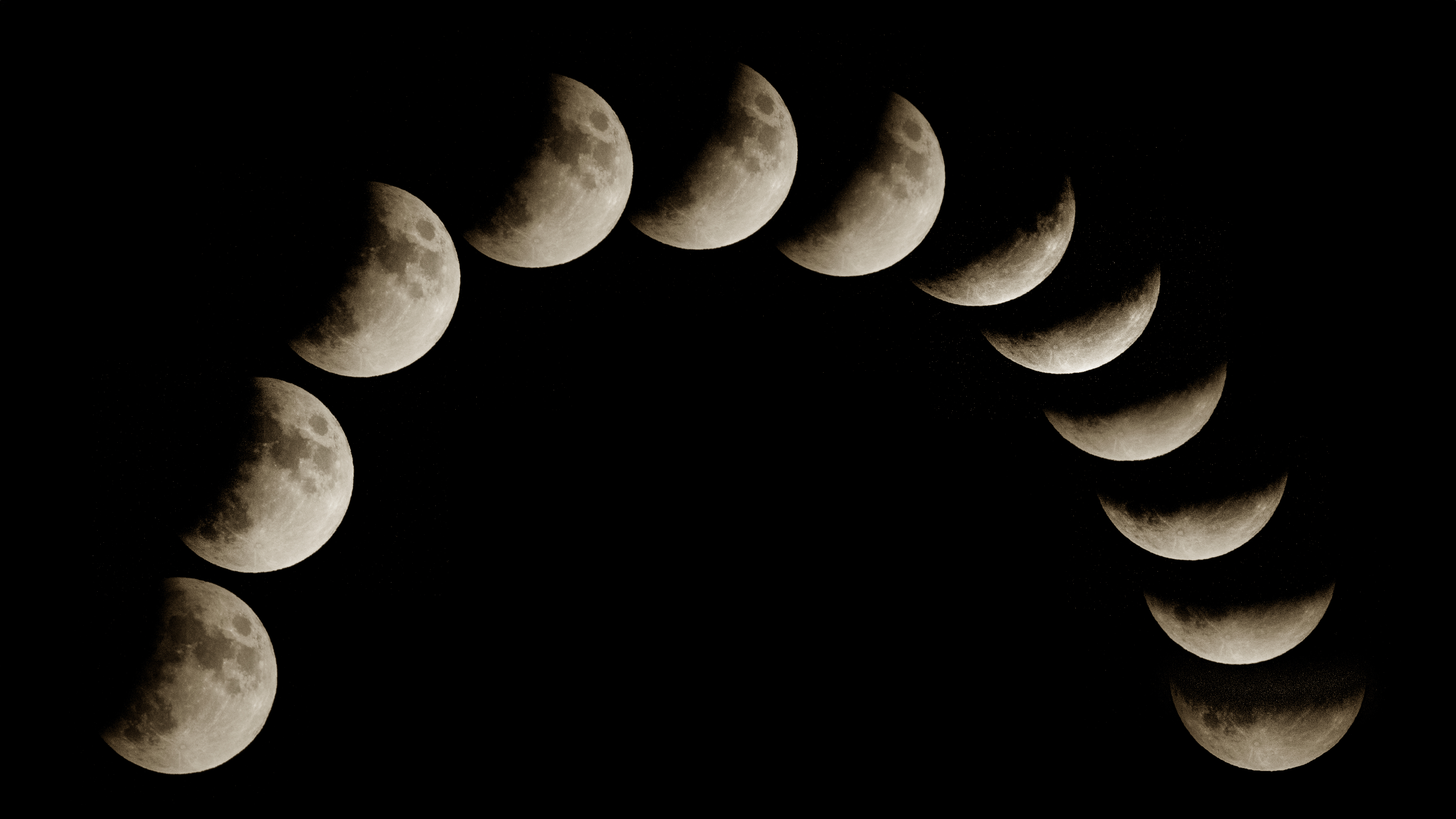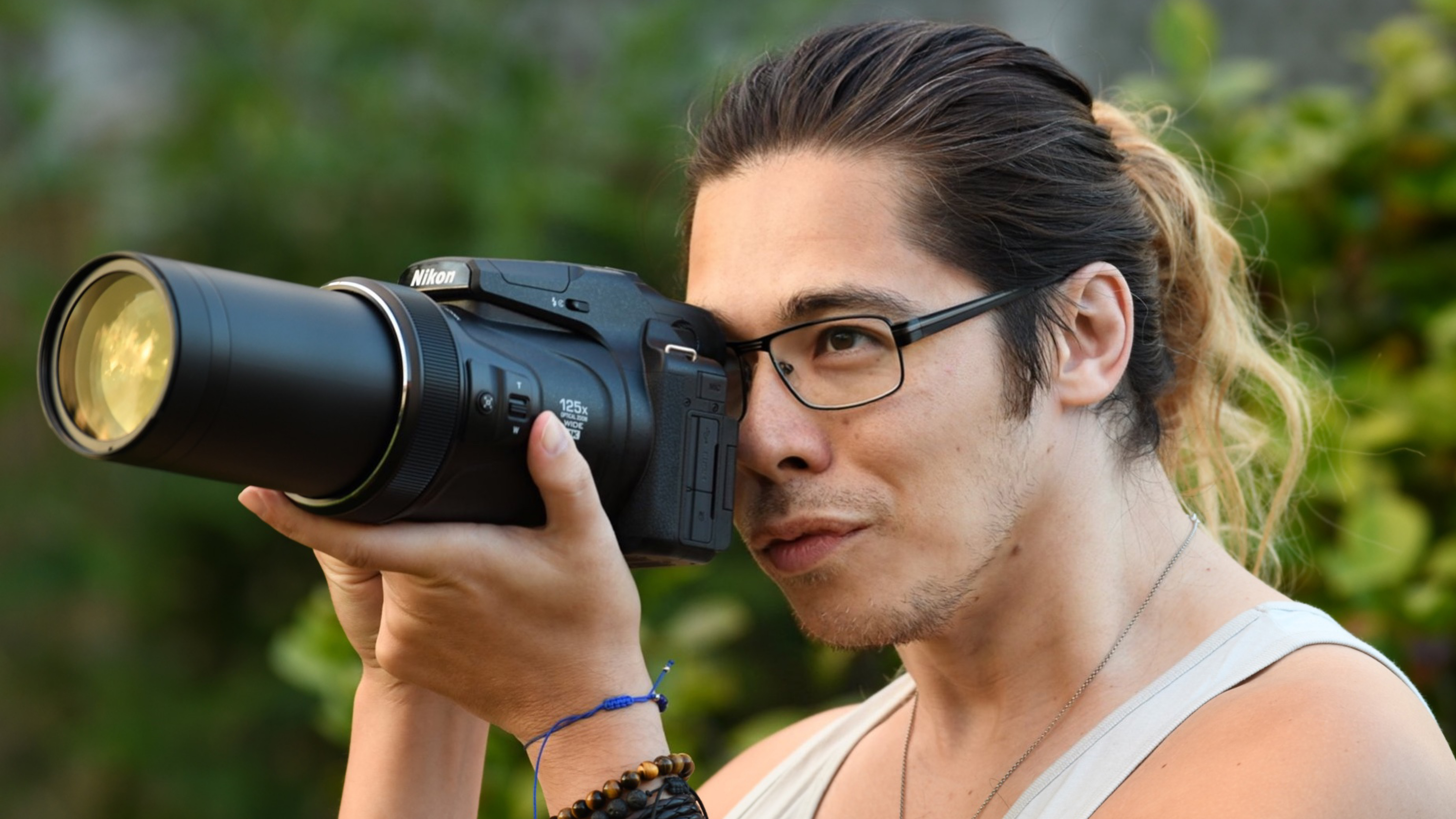
Astrophotographers will be treated to a celestial smorgasbord this evening, when a partially eclipsed harvest supermoon will appear over various territories including North and South America, Europe, Africa and large parts of Asia. It's the headline event for astrophotography in September, so it's worth staying up late with your camera to watch the four-hour spectacle.
When is the lunar eclipse happening?
The event will take place over Tuesday, September 17 and 18. In North America it will be visible today at dusk, with a clearer view from Europe during the early hours of tomorrow morning. You can use this map to gather information on your exact location. For example, New York will witness the partial lunar eclipse from 20:41 tonight until 00:47 tomorrow morning, with London’s celestial showing starting early tomorrow at 01:41 until 05:47.

What's a partially eclipsed harvest supermoon?
If you're new to celestial events, tonight you'll get to see many moons rolled into one. The Harvest Moon – aside from being the title of an excellent Neil Young track/album – is the name given to the full moon that occurs closest to the autumnal equinox. This coincides with a supermoon, as the natural satellite's orbit strafes the Earth near to its closest point. And of course, while all this is happening, you’ll be treated to a partial lunar eclipse as the sun casts the Earth's shadow over a small portion of the moon's surface.
How to photograph a lunar eclipse
Astrophotography is arguably the most complicated and technical genre of photography, but capturing a lunar eclipse is surprisingly simple. Firstly, you need to think about your composition. You could capture a frame-filling shot of the moon, a wider field of view with some kind of foreground interest or capture multiple images to form a jazzy lunar eclipse multiplicity.
The former will require you to get as close to the moon as possible. So, grab your longest lens and make use of a compatible crop-sensor camera or teleconverter to get even closer, if you have one. And if you happen to own the mighty Nikon Coolpix P1000 and its jaw-dropping 125x optical zoom – or any of the best bridge cameras for that matter – now would be the time to use it.
A wider composition will of course require a wider focal length, as will a multiplicity, since you’ll be capturing the moon as it moves across the sky, while maintaining a constant frame.

Your camera settings will depend on the light conditions in which you're shooting. However, even with a low ISO and middling aperture, you may find yourself yielding a shutter speed above 1/100 sec. If you’re using a telephoto or super-telephoto lens, even in these favorable lighting conditions, the reciprocal rule dictates you'll need to use a tripod to avoid camera shake.
I'd recommend using the best tripod you can afford regardless, since you'll be able to set up your composition, sit back and wait for the lunar eclipse to reach its photogenic peak. Additional camera shake prevention methods involve setting a self-timer, using your camera's exposure delay mode (if available) or attaching a remote shutter release. And if your long lens has a tripod collar and foot, ensure you attach this to the tripod and not the camera body for additional stability.
If you're shooting with a longer lens you won't be able to use the super wide apertures many astrophotographers are accustomed to. But this shouldn't be a problem. If you're forced to push your ISO, the best cameras for astrophotography boast great low-light capabilities, and noise-reduction software has gotten so good nowadays, even noise-ridden images can be saved in post-production.
Finally, using your camera's intervalometer or a dedicated intervalometer may prove useful if you're capturing a multiplicity. And don't forget to bring a spare battery – and a warm hat – if you're operating out in the cold.







